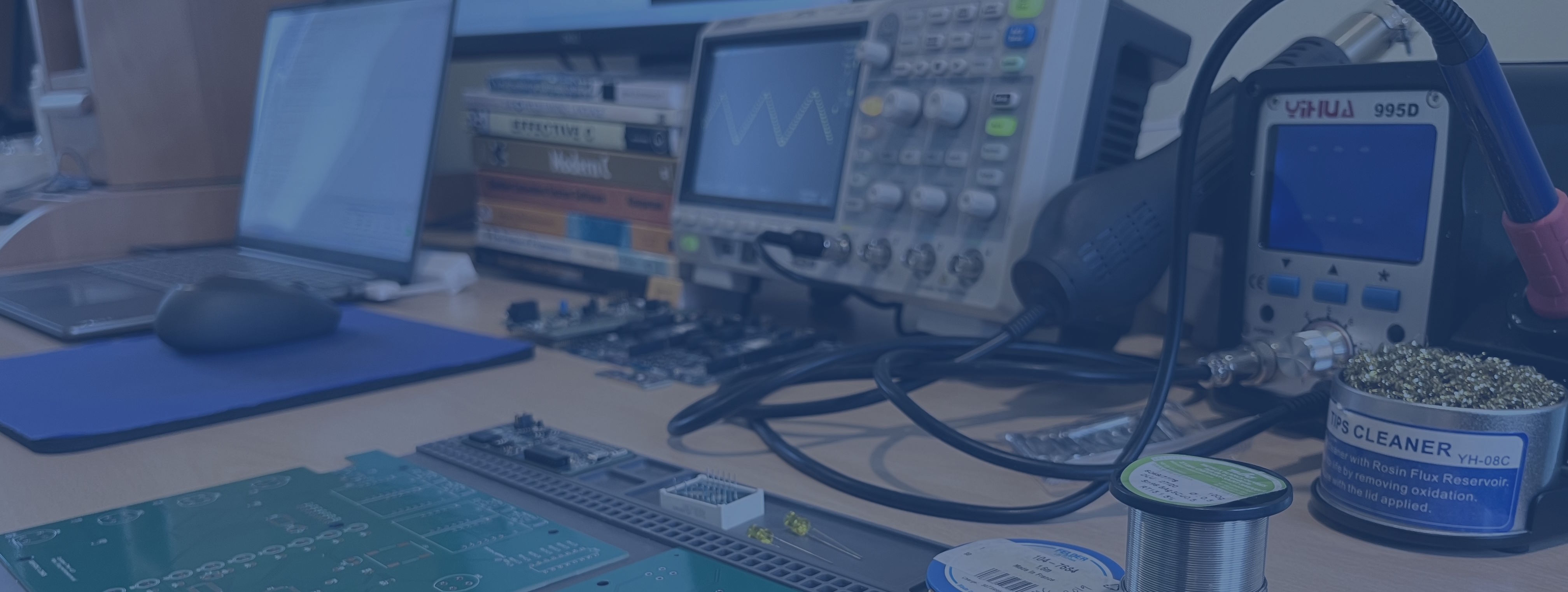Trying to use nRF5 SDK 12.3.0 for nRF51 on a FreeRTOS project
Continuing from my Getting Started post, we now want to use the same method on a FreeRTOS example such as ble_app_hrs_freertos. When compiling, we get file include path problems, starting with nrf_ble_gatt.h. These can be fixed by adding the following entries into the Project - Options - Preprocessor - User Include Directories ../../../../../../components/ble/nrf_ble_gatt ../../../../../../components/libraries/sensorsim ../../../../../../external/freertos/source/include ../../../../../../external/freertos/portable/ARM/nrf51 ../../../../../../external/freertos/portable/CMSIS/nrf51 ../../../config/ble_app_hrs_freertos_pca10028_s130 But then we hit a problem in compiling 'port.c' - expected '(' before 'void' on line 92 port.c is in the Third Parties folder since it is a FreeRTOS file This is the compiler not accepting an asm void function, which isn't related to any changes I've made to get this to run but is a provided file. Let's see if it is any different in the later version of the SDK The source code is unchanged but the comments say that…
Continue reading...